Introduction
Best Flea Treatments for Kittens Safe Effective Solutions Fleas are a typical concern for cats, especially those that are recently adopted or spend time outside. Significant discomfort, itching, scratching, and even major health problems like anemia or tapeworm infestations can be brought on by these microscopic parasites. treating fleas to protect kittens’ health and well-being.
Description
Fleas are more than simply an annoyance; they can seriously harm a kitten’s health. Anemia can result from a severe infestation of these blood-feeding bugs, especially in young or underweight kittens. Flea treatment for kittens Flea bites can cause allergic reactions that cause excruciating skin irritations, and fleas can spread tapeworms if consumed.
Flea treatments for kittens come in a variety of forms, such as shampoos, flea combs, topical remedies, and oral drugs. But not every treatment is safe for kittens, particularly those less than eight weeks old. Consequently, it is essential to select solutions that are both age-appropriate and veterinarian-recommended..
Until they are mature enough to receive chemical treatments, mechanical techniques such as bathing with a mild dish soap or using a flea comb might be beneficial for young kittens. Topical medicines designed especially for kittens, such as Revolution or Advantage II, are quite effective once the kitten reaches the right age. Diatomaceous earth and essential oils are examples of natural medicines that should be used with caution because they can irritate or hurt kittens.
Preventing flea infestations is equally important. Regular cleaning of bedding, vacuuming carpets, and treating other pets in the household can help control fleas. Also, consult with a veterinarian to ensure that the chosen flea treatment aligns with your kitten’s age, weight, and health status.
How to Choose the Best Canned Cat Food for Indoor Cats?
The dietary requirements of indoor and outdoor cats differ. Because they tend to be less active, they need less calories to avoid becoming obese. Diets that promote overall wellbeing, hairball prevention, and digestive health are also beneficial for indoor cats. When selecting the best canned cat food, you must consider its nutritional content, ingredients, and fit for your cat’s particular requirements. Here’s how to decide with knowledge:
- Check Ingredients: As the main ingredient, look for high-quality protein sources such as fish, poultry, or turkey. Steer clear of goods that contain a lot of artificial additives, byproducts, or fillers.
- Assess Nutritional Value: Choose foods that offer a well-rounded diet that includes vitamins, minerals, fats, and proteins. The general health of a cat depends on vital nutrients like taurine and omega-3 fatty acids.
- Consider Special Needs:Choose a formula made to address your cat’s urinary tract problems, obesity, or hairballs if they are common.
- Moisture Content: The high moisture level of canned food helps cats stay hydrated, especially those who don’t drink enough water.
- Palatability: Because indoor cats can be picky eaters, pick flavors and textures that they like.
Product Reviews
Product 01:
Hill’s Science Diet Adult Indoor Cat Food
- Intro: Hill’s Science Diet, created especially for indoor cats, promotes weight control and offers adequate nourishment..
- Technical Information: Contains 33% protein, 13% fat, and added fiber for hairball control.
- Pros & Cons:
Pros: High-quality ingredients, supports digestive health.
Cons: Relatively expensive.
Hill’s Science Diet Adult Indoor Cat Food
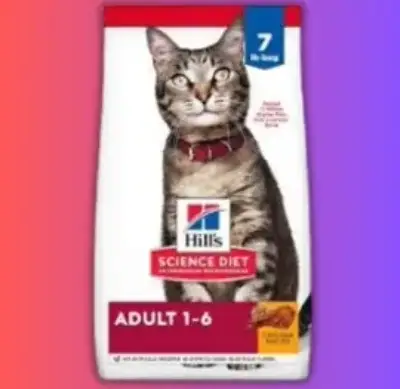
- Specification: 5.5 oz cans, available in chicken and ocean fish flavors.
- Good Thing About the Product: Excellent for maintaining a healthy weight and reducing hairballs.
Product 02:
Purina Pro Plan Indoor Care Cat Food
- Intro: a nutrient-dense mixture designed to meet the unique nutritional requirements of indoor cats.
- Technical Information: Features 40% protein, natural prebiotic fiber, and essential vitamins.
Pros & Cons:
Pros: Affordable, supports immune health.
Cons: Contains some fillers.
Purina Pro Plan Indoor Care Cat Food
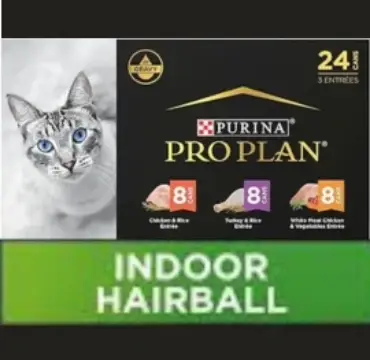
- Specification: 3 oz cans, available in multiple flavors.
- Good Thing About the Product: Promotes healthy digestion and a shiny coat.
Product 03:
Blue Buffalo Indoor Health Cat Food
- Intro: Blue Buffalo offers a natural, holistic option with real meat and wholesome grains.
- Technical Information: Contains 34% protein, 14% fat, and LifeSource Bits for added antioxidants.
- Pros & Cons:
Pros: No artificial preservatives, supports immune and urinary health.
Cons: Some cats may dislike the texture.
Blue Buffalo Indoor Health Cat Food
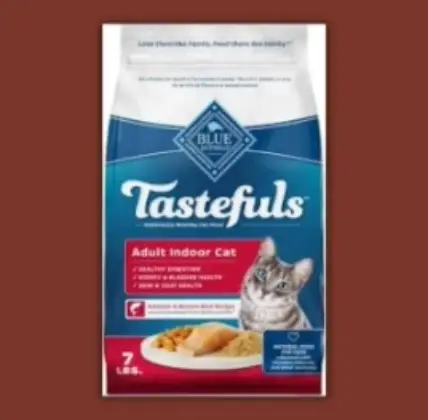
- Specification: 5.5 oz cans, available in chicken, turkey, and salmon flavors.
- Good Thing About the Product: High-quality ingredients with no by-products.
Conclusion
Your indoor cat or kitten’s age, health, and specific requirements must all be carefully taken into account while selecting the best flea treatment and canned food for them. A balanced diet is crucial for preserving your kitten’s general health, even while flea treatments guarantee that they remain parasite-free. To customize these options to your pet’s unique needs, always seek advice from a veterinarian.
FAQ
- What flea treatments are safe for kittens under 8 weeks old?
Answer: Until they are old enough to receive chemical treatments, use a flea comb or give them showers with mild dish soap.
- Can I use essential oils as flea repellents?
Answer:Cats are poisoned by several essential oils. Before utilizing any natural therapies, speak with your veterinarian.
- How often should I feed canned food to my indoor cat?
Answer: Cats should be fed according to their age, weight, and degree of activity. The majority of adult cats survive on two to three meals a day.
- Are grain-free diets better for indoor cats?
Answer: Not necessarily. Grain-free diets are suitable for cats with specific allergies; otherwise, high-quality grains can be a good source of energy.

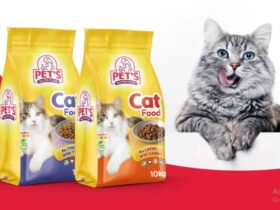
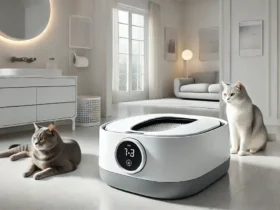
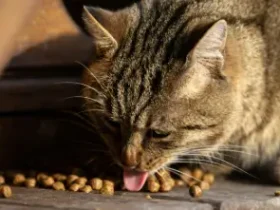

Leave a Reply